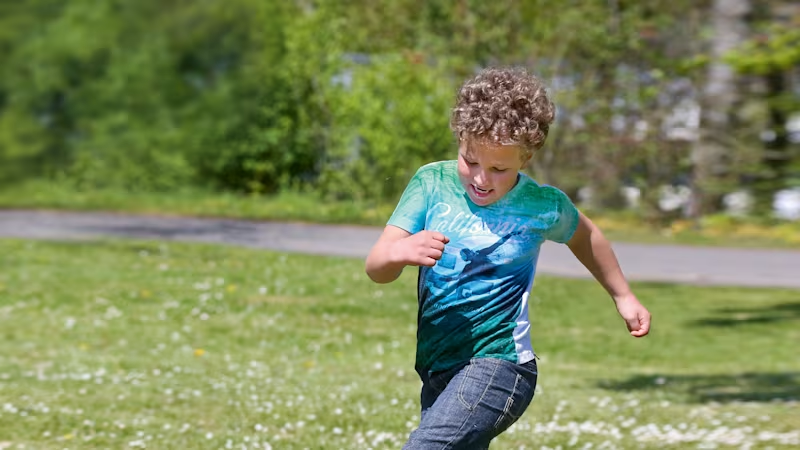

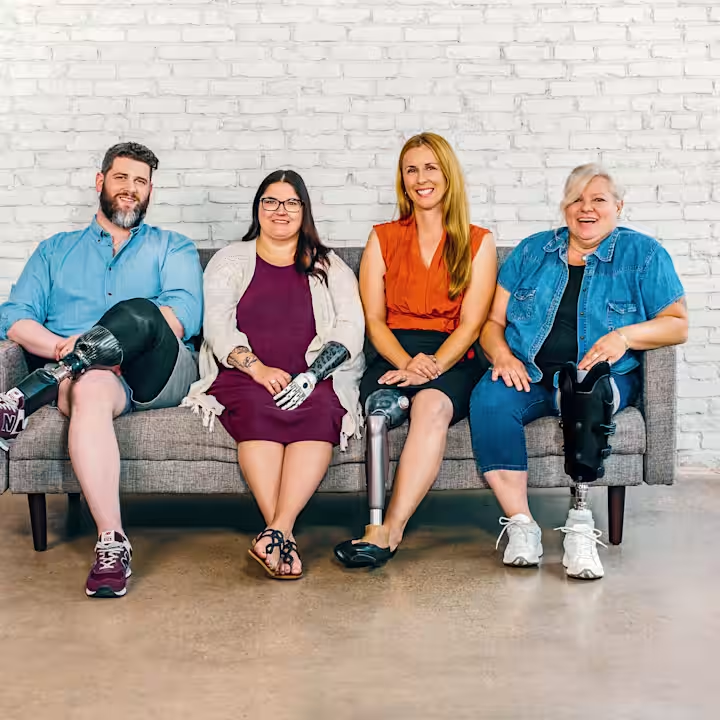
Prosthetics
People with various kinds of limb differences and limb losses rely on a prosthesis to support their mobility. Learn about the different types of prosthetics, how they work, and what they offer.
People with various kinds of limb differences and limb losses rely on a prosthesis to support their mobility. Learn about the different types of prosthetics, how they work, and what they offer.
What is a prosthetic device?
A prosthesis is an artificial device used to replace all or part of a missing limb. Prostheses are often used by someone who has experienced limb loss due to injury, accident, or illness, but they can also be used by someone with a congenital condition that results in a limb difference.
Unlike knee or hip replacements ("endoprostheses"), which are implanted in the patient's limb, prostheses are worn by the user by attaching it to their residual limb. While not everyone with a limb difference or limb loss needs a prosthesis, the right device can empower users in many different ways. Keep reading to learn more about how.
How does a prosthesis work?
The basic purpose of a prosthetic device is to restore the functionality and mobility of a missing limb, making it easier to take part in daily activities, hobbies, work tasks, and more.
Prostheses can also improve users’ quality of life, empowering them to be as active as they want and are able to be – whether that means moving safely around their house or being a high-performance athlete. For people who have experienced a limb loss, a prosthetic device can also help reduce the emotional impact of an accident or injury.
What are the different types of prosthetic devices?
There are many types of prostheses, from simple devices like mechanical or body powered devices to complex, high-tech ones that mimic the movement and functionality of a natural limb. Here’s a quick overview of some of the most common prosthetics.
Prosthetic legs
Prosthetic legs are one of the most common types of prosthetic devices. They come in many different forms, including both purely mechanical prostheses and computerized devices that can mimic the movement of a natural limb.
Below-knee prostheses are designed to replace the user’s missing foot. Above-knee prostheses can replace a missing foot, knee, or hip.
Advanced prosthetic legs are usually built from a combination of prosthetic components, like a foot prosthesis, adapter, prosthetic knee joint, and a socket. The right combination – like an Ottobock C-Leg or Genium X3 with a Taleo foot – can help users walk naturally again.
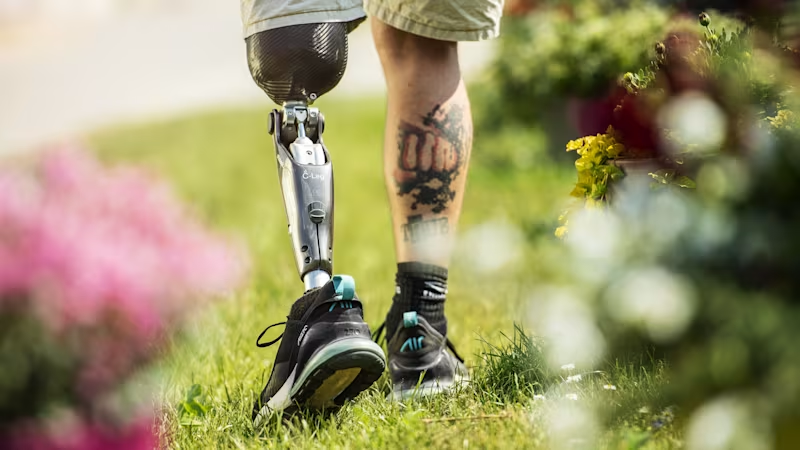
Prosthetic hands & arms
Prosthetic arms can replace several parts of the arm, including fingers, hands, elbows, and shoulders. These devices come in a wide variety of designs and functions.
Simple cosmetic hands are designed to look like a natural hand, without functioning like one. More advanced prosthetic hands and arms can be controlled in various ways, including prosthetic devices powered by body movements and high-tech devices controlled by muscle signals (“myoelectric” devices like bebionic, Michelangelo, or VariPlus Speed Hand).
All of these prosthetics support users’ daily activities in different ways, from simply helping them look and feel natural to helping them perform activities of daily living (ADLs).
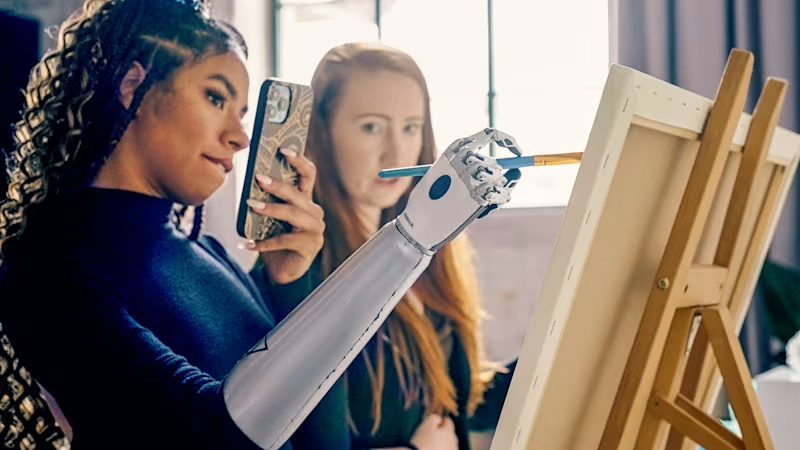

bebionic
Working intuitively and precisely, the bebionic prosthetic hand is transforming the lives and abilities of amputees around the world, from helping them perform simple tasks to restoring their control and self-esteem.
Working intuitively and precisely, the bebionic prosthetic hand is transforming the lives and abilities of amputees around the world, from helping them perform simple tasks to restoring their control and self-esteem.
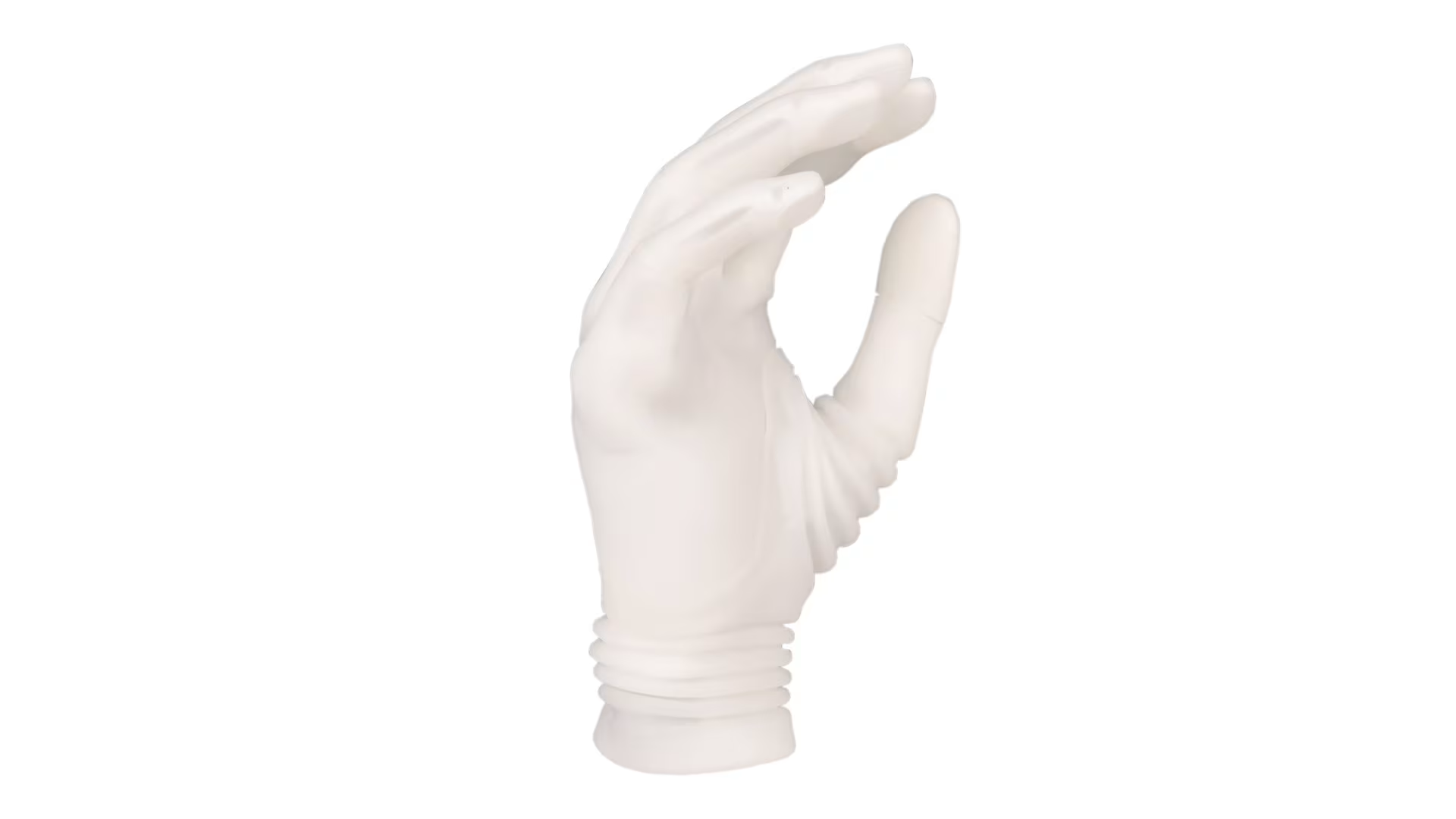
Michelangelo
Lightweight, powerful, and fast, the Michelangelo hand aims to restore numerous functions of the natural hand in a sophisticated and intelligent design.
Lightweight, powerful, and fast, the Michelangelo hand aims to restore numerous functions of the natural hand in a sophisticated and intelligent design.
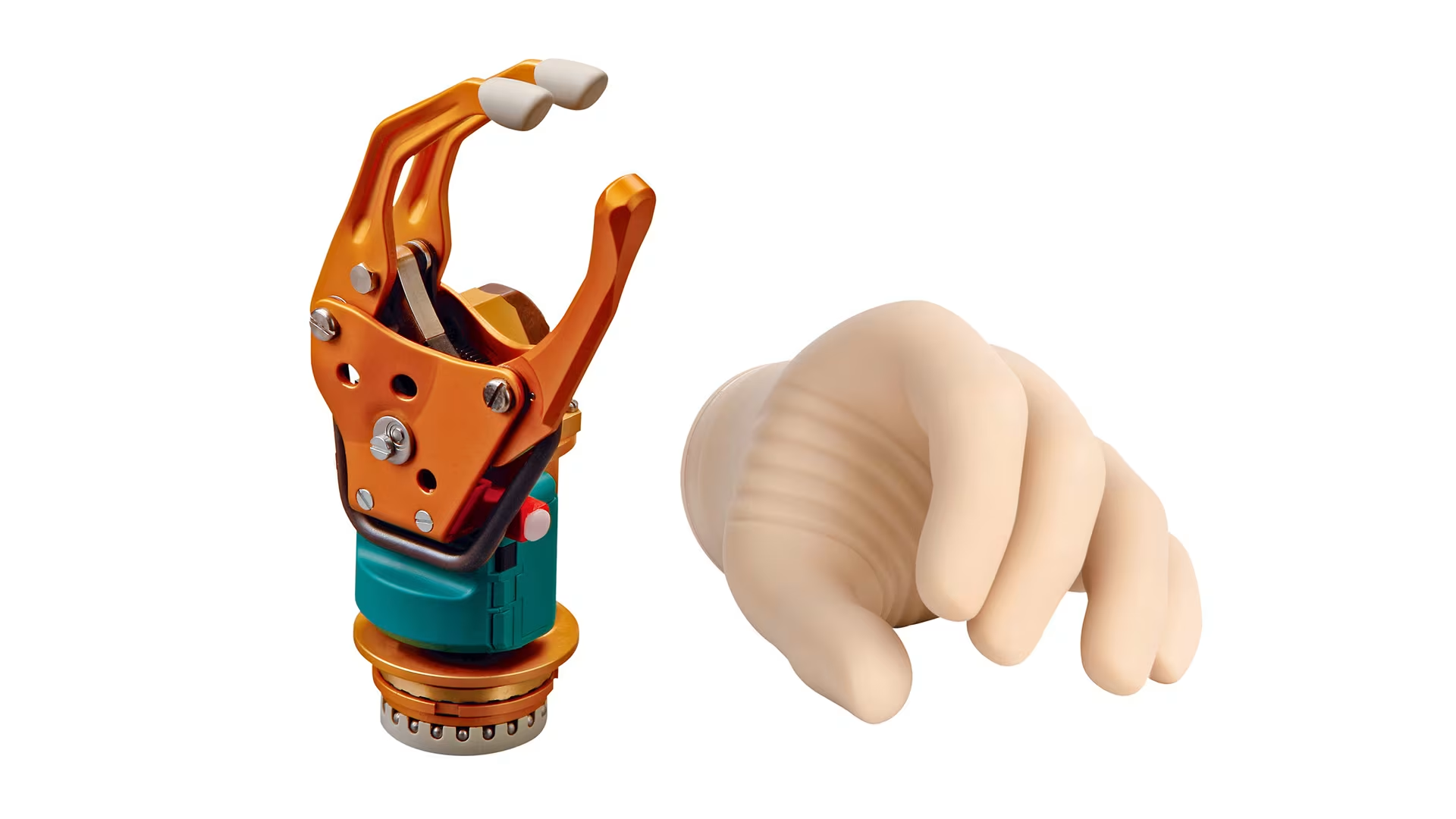
VariPlus Sensor Hand
The VariPlus Sensor Hand combines a quick-disconnect wrist with the mechanical characteristics of the SensorHand Speed and the control of the System Electric Greifer DMC VariPlus.
The VariPlus Sensor Hand combines a quick-disconnect wrist with the mechanical characteristics of the SensorHand Speed and the control of the System Electric Greifer DMC VariPlus.
Relevant Information
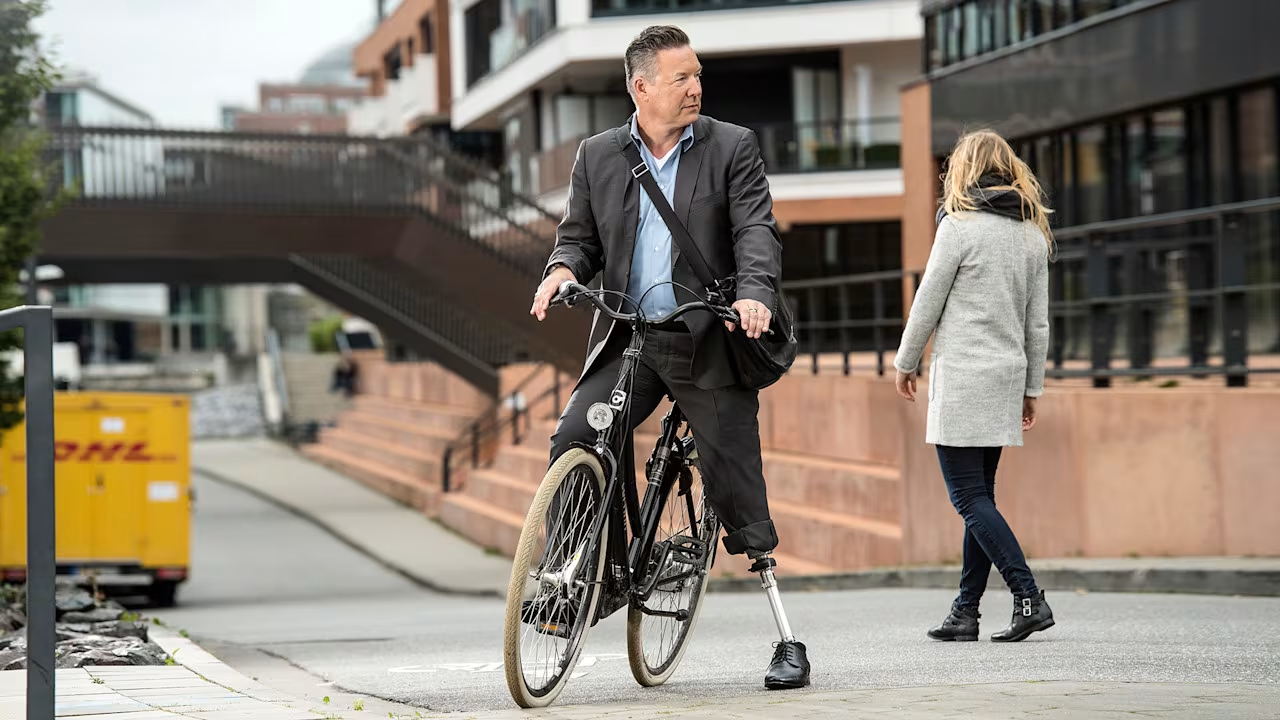
Finding the Right Prosthetic Foot
The prosthetic foot is a vital foundation for mobility, and choosing the right one is key to comfort and independence. Personalized solutions—based on activity level, goals, and amputation type—can significantly enhance a user’s quality of life.
The prosthetic foot is a vital foundation for mobility, and choosing the right one is key to comfort and independence. Personalized solutions—based on activity level, goals, and amputation type—can significantly enhance a user’s quality of life.
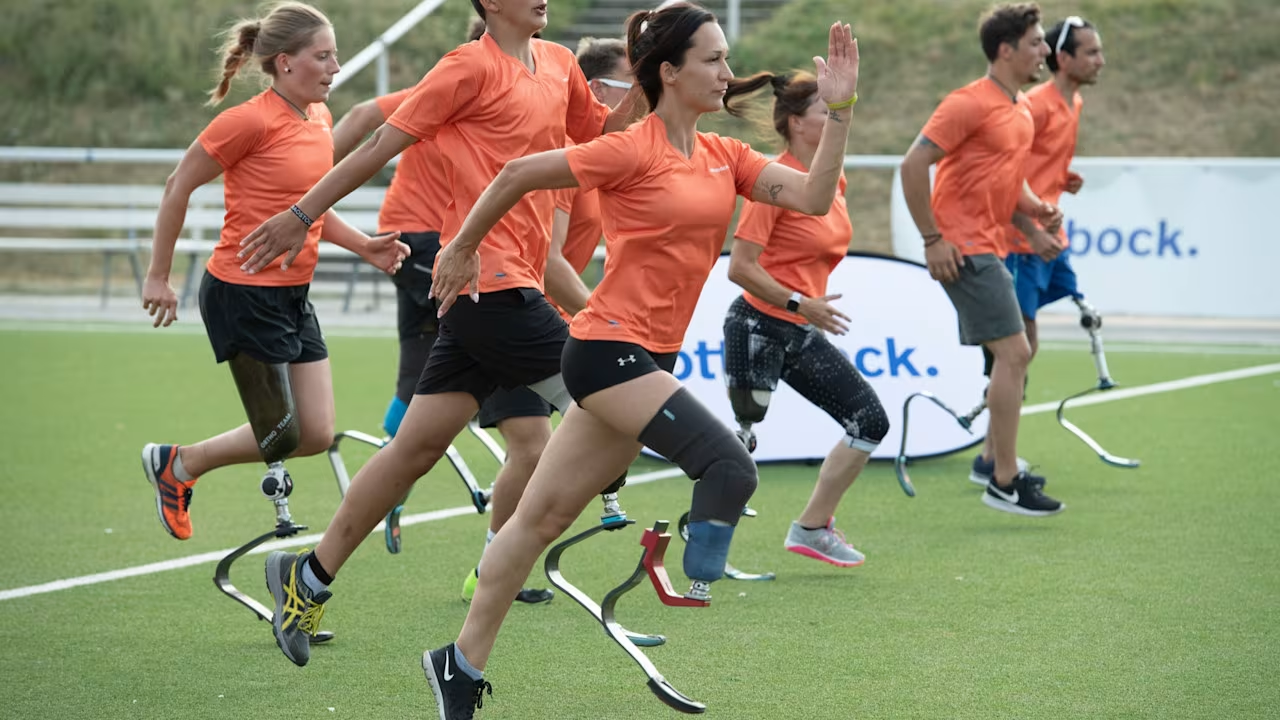
Running Prosthetics
The Ottobock Running Prosthetics portfolio showcases a range of high-performance prosthetic solutions designed for individuals with lower-limb amputations, catering to both recreational joggers and elite athletes. Key models like the 1E90 Sprinter, 1E91 Runner, and 1E95 Challenger offer customizable energy return, stability, and dynamic response to support various running and sports activities.
The Ottobock Running Prosthetics portfolio showcases a range of high-performance prosthetic solutions designed for individuals with lower-limb amputations, catering to both recreational joggers and elite athletes. Key models like the 1E90 Sprinter, 1E91 Runner, and 1E95 Challenger offer customizable energy return, stability, and dynamic response to support various running and sports activities.

What to Know about Prosthetic Arms and Hands
Prosthetic arms and hands come in cosmetic, body-powered, and myoelectric options. When selecting a device, it’s important to consider functionality, appearance, and lifestyle goals to ensure it meets individual needs.
Prosthetic arms and hands come in cosmetic, body-powered, and myoelectric options. When selecting a device, it’s important to consider functionality, appearance, and lifestyle goals to ensure it meets individual needs.
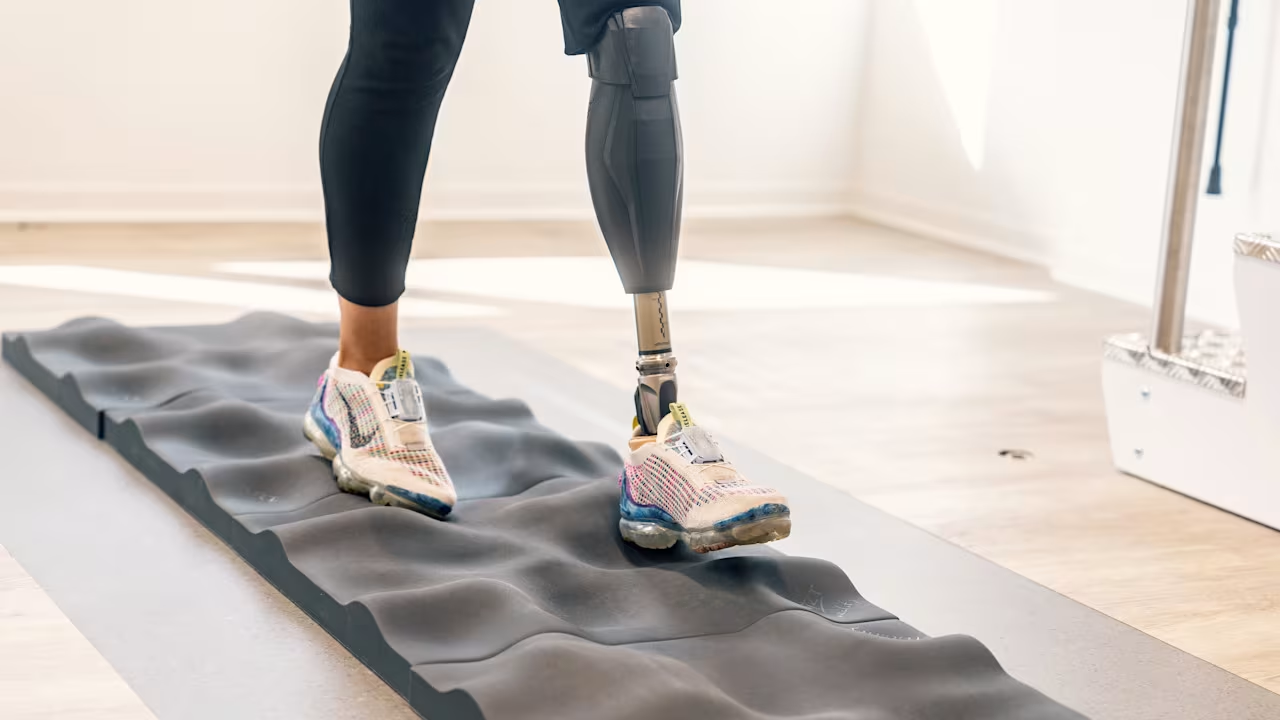
What to Know About Prosthetic Legs
Prosthetic legs restore mobility and independence for individuals with limb loss. Ottobock offers personalized solutions tailored to each user's lifestyle and goals. Learn about sockets, knees, and feet and which options are the best fit for your needs.
Prosthetic legs restore mobility and independence for individuals with limb loss. Ottobock offers personalized solutions tailored to each user's lifestyle and goals. Learn about sockets, knees, and feet and which options are the best fit for your needs.
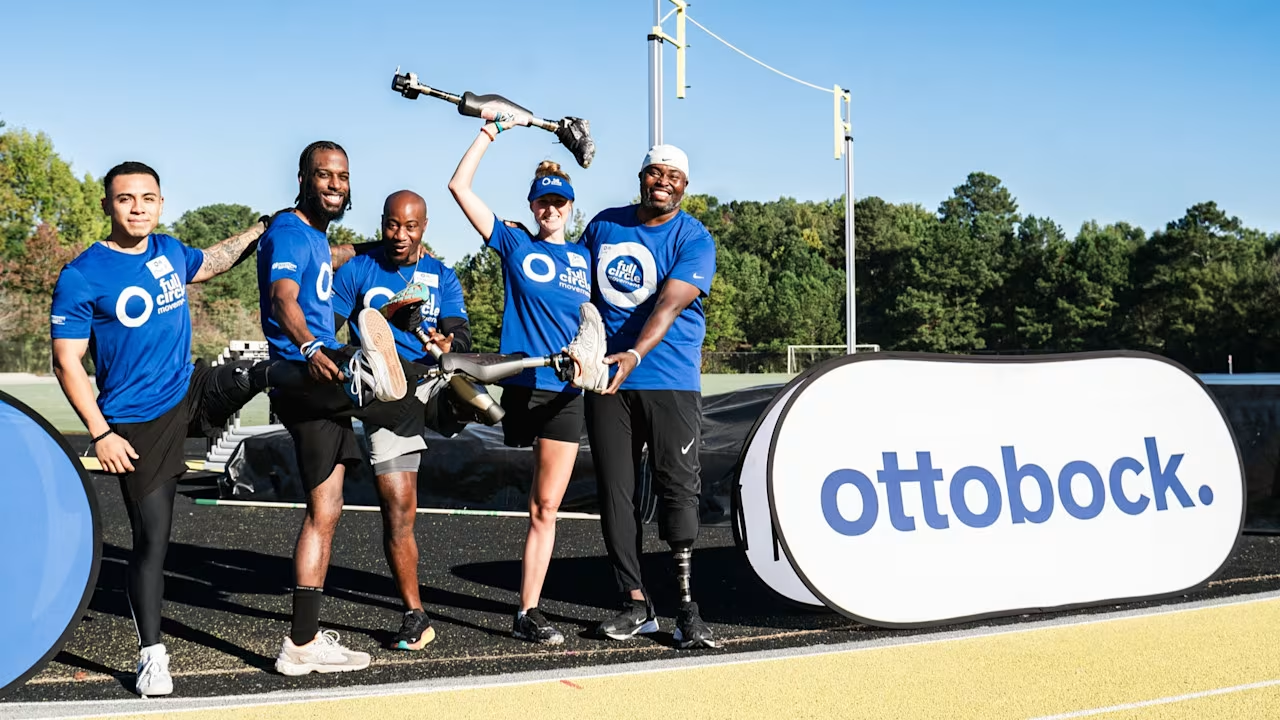
Adaptive Fitness
Ottobock North America encourages community and activity by hosting movement events throughout the United States and Canada. Explore upcoming events, recaps of past gatherings, and more information on how to get involved.
Ottobock North America encourages community and activity by hosting movement events throughout the United States and Canada. Explore upcoming events, recaps of past gatherings, and more information on how to get involved.

Life with an Amputation
Adjusting to life after limb loss can be overwhelming. We discuss what to expect through every step of the process such as residual limb care, rehabilitation exercises, and selecting appropriate prosthetic solutions to support mobility and independence.
Adjusting to life after limb loss can be overwhelming. We discuss what to expect through every step of the process such as residual limb care, rehabilitation exercises, and selecting appropriate prosthetic solutions to support mobility and independence.



